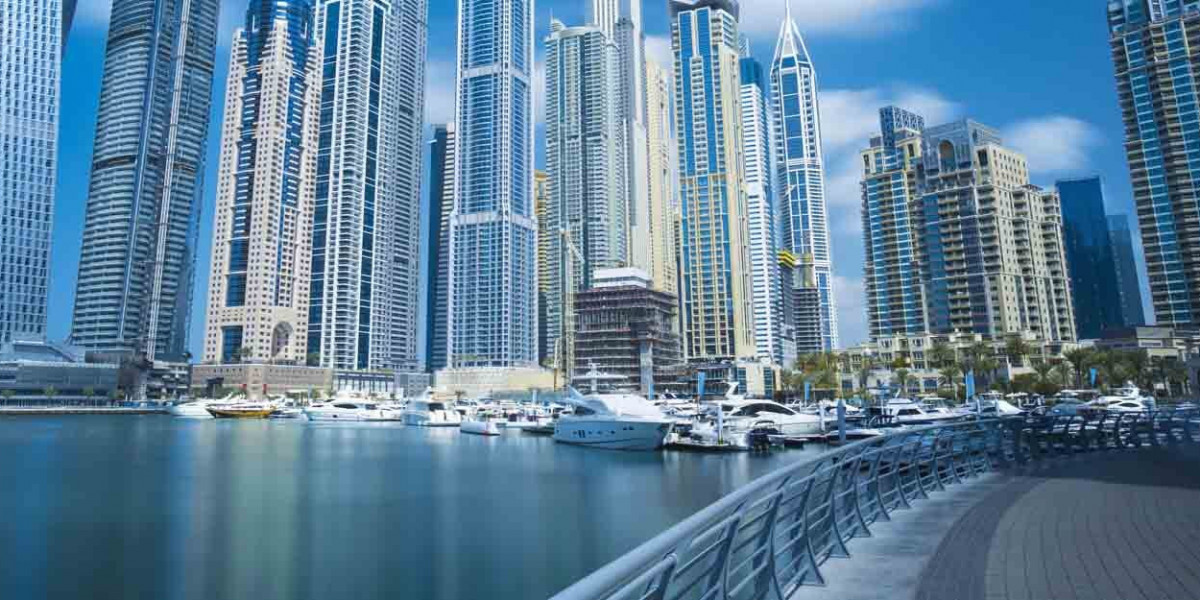For modern businesses in the UAE, servers are the beating heart of operations, powering everything from emails and databases to enterprise applications, websites, and cloud environments. Yet, many companies still rely on aging infrastructure that holds back performance, increases downtime risk, and exposes them to security vulnerabilities.
If your business is considering a server upgrade in Dubai, Abu Dhabi, Sharjah, or anywhere in the Emirates, strategic planning is critical. A well-planned upgrade can transform your IT environment, while a rushed decision may lead to unexpected costs and complications.
This guide covers what UAE-based businesses should know before, during, and after a server upgrade, ensuring a seamless, secure, and future-ready deployment.
Why Consider a Server Upgrade?
Before diving into the how, it’s important to understand the why. Businesses typically plan a server upgrade for one or more of the following reasons:
Reliable Server Support in Dubai: Scalable, Secure, and Always On!
1. Aging Hardware
Most physical servers have a lifespan of 3 to 5 years. Beyond that, they tend to become unreliable, slower, and more expensive to maintain.
2. Software Incompatibility
Outdated servers may not support the latest operating systems, applications, or security protocols, leading to compatibility issues.
3. Performance Bottlenecks
As your team and data needs grow, older servers often struggle with load, leading to slow applications, lagging databases, and user frustration.
4. Security Concerns
Legacy systems may lack encryption, monitoring, or patch management, putting your data at risk.
5. Compliance & Data Sovereignty
With growing regulations in the UAE (e.g., ADGM, DIFC, and UAE Personal Data Protection Law), you may need server infrastructure that ensures secure, compliant data handling.
Step 1: Evaluate Your Current Server Environment
Start with a comprehensive IT audit. This includes assessing:
Current server hardware specs (CPU, RAM, storage, age)
Operating systems and applications hosted
Virtualization (if any—VMware, Hyper-V)
Power usage, uptime history, and backup status
Business-critical data and workloads
A professional IT service provider in the UAE can help you map out the environment, identify inefficiencies, and calculate Total Cost of Ownership (TCO).
Step 2: Define Your Business Goals
A server upgrade isn’t just a technical decision—it should align with your company’s short- and long-term objectives. Some key questions to ask:
Do we need to support remote or hybrid teams?
Are we planning to scale rapidly in the next 12–24 months?
Do we want to move partially or fully to the cloud?
What compliance requirements must we meet?
What is our budget and downtime tolerance?
This will determine whether you go with on-premise servers, a hybrid infrastructure, or fully cloud-based solutions.
Step 3: Choose the Right Server Type
Once your goals are clear, it’s time to select the right server type for your needs:
?️ On-Premise Servers
These remain popular among UAE firms that need data control, low latency, or operate in industries like finance, legal, or healthcare.
Best for: Businesses needing localized infrastructure, privacy, or low-latency apps.
Brands: Dell PowerEdge, HPE ProLiant, Lenovo ThinkSystem.
☁️ Cloud Servers
Hosted offsite (e.g., Microsoft Azure, AWS, Google Cloud), cloud servers offer flexibility, scalability, and minimal maintenance.
Best for: Startups, SMEs, or companies with remote teams and evolving needs.
Note: UAE-based cloud data centers (e.g., Microsoft Azure UAE North/South) help meet data sovereignty requirements.
? Hybrid Setup
A combination of on-prem and cloud, suitable for firms wanting the best of both worlds—speed + scalability.
Get Expert Server Support Services in Dubai —24/7 Uptime, Zero Hassle!
Step 4: Plan for Redundancy, Backup & Disaster Recovery
Server upgrades are the perfect time to strengthen your business continuity strategy.
Key considerations:
RAID configurations for fault tolerance
Dual power supplies and UPS integration
Automated backup systems (on-site + cloud)
Disaster Recovery (DR) Plan with tested recovery time objectives (RTO/RPO)
Partner with a local IT expert who can implement real-time monitoring and alerts, ensuring you’re never caught off guard.
Step 5: Budget and Licensing
A successful server upgrade involves hardware, software, licenses, and services. Don’t overlook:
Windows Server CALs
Virtualization licenses (VMware, Hyper-V)
Antivirus and firewall subscriptions
Warranty extensions or AMC (Annual Maintenance Contracts)
Installation and migration fees
Tip: Dell, HPE, and other vendors offer leasing and payment plans through UAE distributors—great for cash flow management.
Step 6: Choose the Right Partner in the UAE
Working with a trusted local IT solutions provider makes all the difference in a server upgrade. Choose a partner who:
Understands the UAE regulatory landscape
Is authorized to sell, deploy, and support server hardware
Offers 24/7 support and maintenance
Provides AMC and monitoring services
Can assist with migration, cloud integration, and disaster recovery
Look for partners based in Dubai Internet City, Abu Dhabi Global Market, or other UAE free zones to ensure fast response and compliance support.
Step 7: Schedule & Deploy Smartly
Downtime = lost business. Plan your upgrade during non-peak hours—weekends or late nights. Ensure you:
Back up all data before migration
Communicate clearly with teams.
Test the new environment before full switch-over
Provide training (if workflows change)
For larger upgrades, consider doing it in phases, starting with non-critical departments before rolling out across the organization.
Step 8: Post-Upgrade Support and Monitoring
Your server is now up and running—but the job isn't over. Post-upgrade activities include:
Ongoing performance monitoring
Regular software and firmware updates
Security audits and patching
Scalability planning for future needs
Use remote monitoring tools or partner with a local IT support firm to ensure 24/7 visibility into server health.
A Real UAE Example: SME in Dubai Media City
A creative agency in Dubai Media City recently upgraded from an aging local file server to a Dell PowerEdge server with Microsoft Hyper-V and hybrid cloud backup. Their benefits included:
65% faster file access for designers
Automated daily backups to a UAE-based cloud
Near-zero downtime thanks to the redundancy setup
Improved client confidence through robust data policies
This upgrade positioned them to handle bigger projects and international clients with confidence.
If you are searching for a Visit to a Dell Services in Dubai, you can connect with Atop Computer Solution LLC.
Final Thoughts
Server upgrades may sound intimidating, but with the right planning and expert support, they can lead to significant performance, security, and scalability gains. For businesses in the UAE—where speed, reputation, and regulatory compliance are key—investing in a modern server environment is more than a tech move; it's a strategic business decision.








